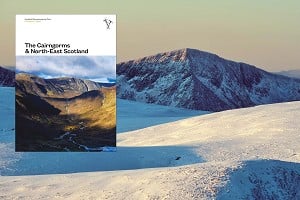
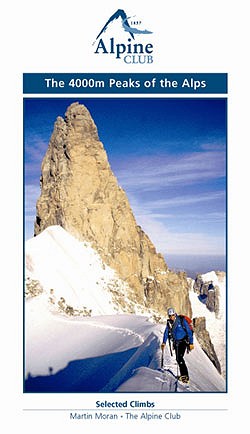
This is a good book. It describes a range of routes to the summit of each of the 4000m peaks in the Alps and thus fills an obvious gap in the market. The author, who is a guide and who famously completed all the 4000m peaks in 52 days, must have about the greatest depth of knowledge of the peaks of any English speaker. This shows in the many interesting comments, asides and details that are present in the text. In style and content it sits between the coffee table extravaganza of Dumler and Burkhart's "High Mountains of the Alps" and the rather limited information in Goedeke's "Alpine 4000m Peaks by the Classic Routes". The book has the benefit of being (just) small and light enough to be taken on the mountain but still containing a significant amount of background material on the history and significance of each peak. The author expresses the hope that the book will help rekindle interest in some of the classic alpine routes that have become neglected as a result of the tendency of climbers to focus on the most direct route up each peak. This is an admirable aim and one that may well be fulfilled given that the level of detail provided on some of the more obscure routes is much greater than is available elsewhere, at least in English. The only shortcoming of the concept of the guide is that anyone visiting the Alps for a brief period will likely need to acclimatise on peaks slightly lower than 4000m. Since these are not covered, a more comprehensive guide may be chosen instead. In practice, however, this guide has so much going for it that most will be happy to buy it in addition to other guides they might possess. In any case, some of peaks covered have not been described in detail in English for many years - the last detailed English guide to the Gran Paradiso dates from the 1960s.
The scope of the introduction is greater than that in the area-specific Alpine Club guides and includes details on matters such as weather, recommended equipment and the sort of ground likely to be encountered on routes of each grade. This is all information that may be valuable to the newcomer to alpine climbing. The bulk of the guide is then divided into logical geographical sections such as 'The Mont Blanc Massif' and the 'Bernese Alps'. At the beginning of each section is a brief description of the area and its history which is followed by details of relevant valley bases and huts. The information on valley bases is terse and only intermittently mentions the locations of campsites and other amenities. A little more information here would have been useful. For example, visitors could benefit from knowing that there are campsites in Saas Grund and Alagna but not in Saas Fee, despite what some maps suggest. By contrast the descriptions of the huts are more comprehensive and note useful details such as the presence or absence cooking equipment at bivouac huts.
The selection of routes for each peak is broad and generally includes all the possibilities that mortals might attempt. While the book claims to include all worthwhile, safe routes to the summits within the grades F to D, there are occasional surprising omissions - no route is described to the Gran Paradiso from Valnontey nor a route from the East to the Lagginhorn - but these are offset by interesting obscurities on, for example, Mont Blanc and the Schreckhorn. There are also a couple of lines included that have high objective danger but this is always noted in the descriptions. There is certainly enough to provide most with a lifetime of ascents and the introductory notes to peaks and routes will tempt many away from Voie Normales.
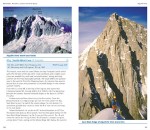
The written descriptions of routes are clear and generally more detailed than those available in the area guides - they are certainly not cut and paste jobs. A great benefit of the descriptions is that they are up to date. Glacier recession has proceeded apace over the last few years and the descriptions regularly note locations where stonefall or large bergschrunds may now be problems. This is useful information, particularly in the Mont Blanc area where the most recent area guides are based on conditions in the 1980s. Conversely, some routes, such as the Nordend-Duforspitze traverse, have become easier in recent years, in this case as a result of the unfortunate decision of local guides to add fixed ropes. These changes are also noted. All the route descriptions mention whether descent of the route is advisable and, if it is, how long it is likely to take. The author shows independence of mind with grading. Several routes have been downgraded from earlier Alpine Club publications, while others get a stiffer rating. I did not find anything I would argue with in this regard, especially given that alpine grades are even more subjective than rock grades. This judicious regrading also serves to iron out some discrepancies in the grading standards that exist between area guides. The line of each route is shown clearly in colour photographs which are located near the route descriptions. These photographs are of good quality although some are rather long range and in these cases would not help in identifying small features such as gendarmes or couloirs. There is also a selection of fine shots not related to route finding.

Deciding what is and is not a 4000m peak has been an irresistible topic for pedants over the years. The complexities were made all the greater when someone decided that the concepts of subsidiary and minor tops should be added to the mix. At the back of the book is a discussion of three available lists of peaks and then an explanation of why the author has chosen to use a fourth of his making! Depending on the list chosen, the number of possible peaks varies from about 150 down to 50. Budding tickers might note that choosing a list with a lower number of peaks generally makes their task easier in terms of technical difficulty as well as physical effort. Of course none of this really matters but having the list in the book is a bit like having a graded list in rock climbing guide - it will provoke discussion and add to the tent-time reading potential. The end matter also includes a list of the routes described together with the associated grade (the odd TD is included in the book, despite the second sentence claiming the range described is F to D); a list of the peaks ordered by height; and a comprehensive index.
The book is robustly bound, has flexible plastic cover and a marker string. In all it is well worth buying, whether it is likely to see active service in a rucksack or reserve duty on a bookshelf.
Martin Moran is one of the UK's best known Mountain guides. He has been guiding professionally since 1985 and has written three books and many articles based on his experience in the mountains.
Martin Gillie is a regular UKC contributor. He has climbed over 20 4000m peaks over 10 seasons in the Alps. He works as a lecturer at the University of Edinburgh.

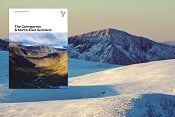


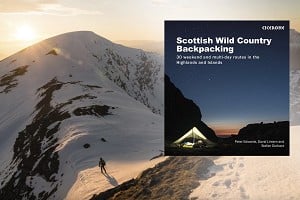

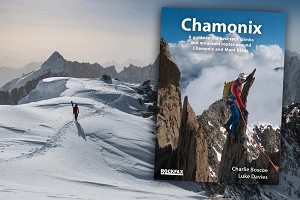
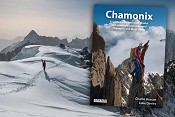
Comments